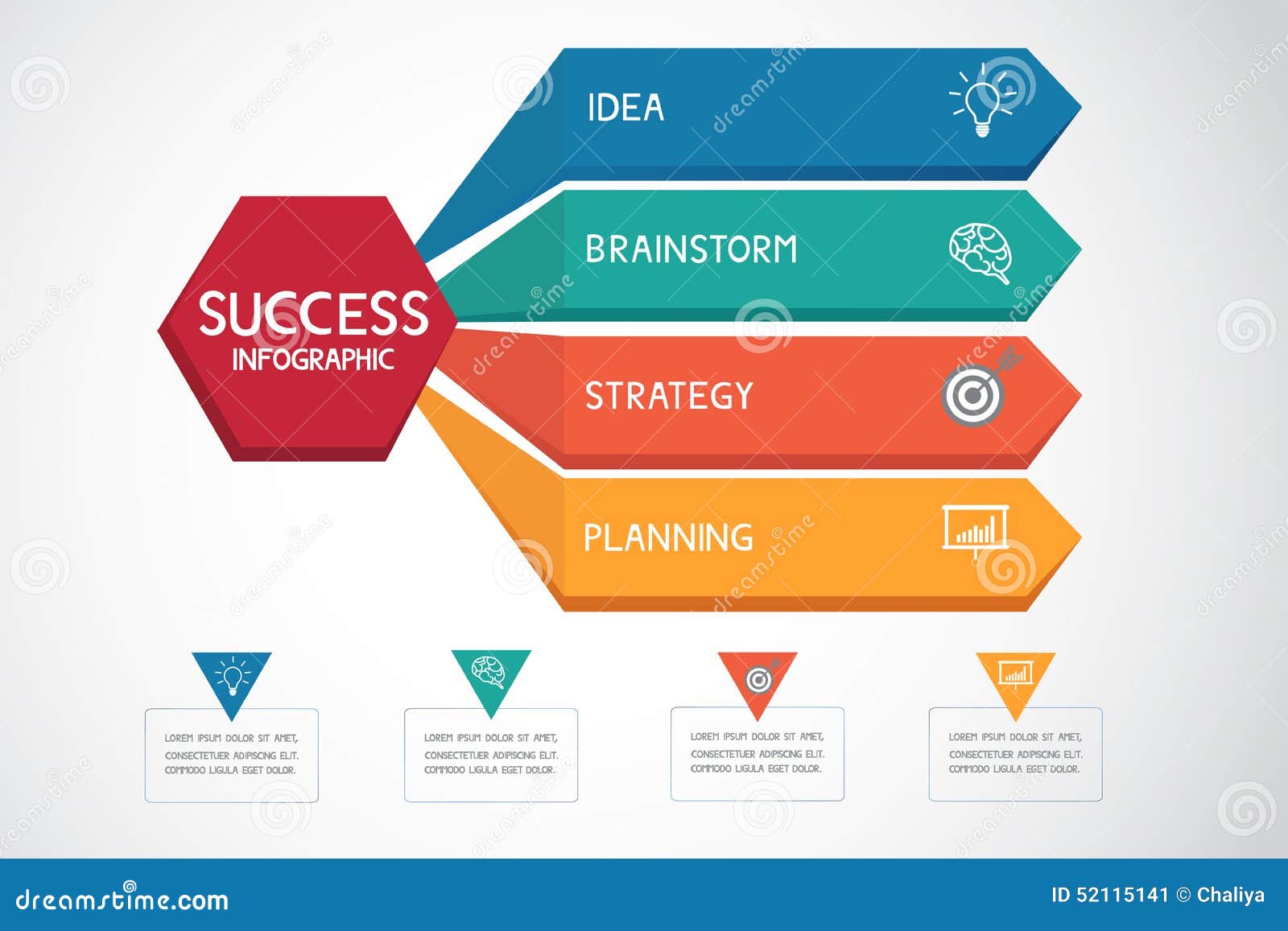Prepare To Journey With Time And Discover Just How Websites Have Become More Advanced, Straightforward, And Visually Stunning
Prepare To Journey With Time And Discover Just How Websites Have Become More Advanced, Straightforward, And Visually Stunning
Blog Article
Web Content By-Johnsen Lunde
In the past, web sites were straightforward and focused on information. Navigation was straight, and style was for desktop computers. Now, customer experience is crucial. Information overviews styles for easy navigating. Receptive formats fit various gadgets. Today, dark mode lowers strain, and minimal menus boost navigating. Interactive attributes engage users, and bold visuals stick out. AI combination increases involvement. See how style has actually evolved to improve your on-line trip.
Early Days of Web Design
In the very early days of website design, simplicity preponderated. Websites were fundamental, with minimal colors, font styles, and formats. The emphasis was on giving info instead of fancy visuals. Users accessed the internet through slow-moving dial-up connections, so speed and performance were crucial.
Navigating go to this site were straightforward, commonly situated on top or side of the page. Sites were made for desktop, as mobile surfing wasn't yet prevalent. Material was king, and designers prioritized easy readability over complex style elements.
HTML was the main coding language made use of, and developers needed to work within its restraints. Animations and interactive features were marginal compared to today's criteria. Sites were static, with little vibrant material or customized user experiences.
Surge of User-Focused Layout
With the development of site layout, a shift in the direction of user-focused style principles has actually come to be progressively popular. Today, developing web sites that focus on individual experience is essential for involving visitors and achieving service goals. User-focused style involves comprehending the requirements, preferences, and behaviors of your target audience to customize the internet site's design, material, and features appropriately.
Designers currently carry out complete research study, such as customer surveys and functionality screening, to gather insights and feedback straight from users. This data-driven method aids in producing intuitive navigating, clear calls-to-action, and visually enticing interfaces that reverberate with visitors. By placing the customer at the facility of the style process, websites can provide a more tailored and pleasurable experience.
Responsive layout has actually additionally become an essential aspect of user-focused layout, ensuring that websites are optimized for various gadgets and screen dimensions. This flexibility enhances ease of access and use, catering to the varied ways users connect with internet sites today. Fundamentally, the surge of user-focused layout represents a shift in the direction of producing digital experiences that prioritize the requirements and expectations of completion customer.
Modern Trends in Website Design
Check out the latest patterns shaping website design today. One prominent trend is dark setting design, providing a smooth and contemporary look while minimizing eye pressure in low-light atmospheres. Another crucial pattern is minimal navigating, streamlining food selections and enhancing user experience by concentrating on essential elements. Integrating micro-interactions, such as computer animated buttons or scrolling impacts, can develop a much more interesting and interactive web site. Responsive style remains crucial, guaranteeing smooth customer experiences across various tools. Additionally, utilizing bold typography and asymmetrical formats can include aesthetic passion and accentuate particular material.
Incorporating AI technology, like chatbots for consumer support or customized recommendations, enhances user engagement and simplifies processes. Availability has likewise end up being a considerable fad, with designers prioritizing comprehensive layout practices to cater to varied individual demands. Welcoming sustainability by optimizing internet site efficiency for speed and efficiency is another emerging trend in website design. Collaborating with individual comments and data analytics to repeat and enhance style constantly is important for staying relevant in the ever-evolving digital landscape. By accepting these modern-day patterns, you can develop a visually enticing, easy to use web site that resonates with your target market.
Verdict
As you assess the development of website design from the early days to currently, you can see just how user-focused layout has actually come to be the driving force behind modern-day trends.
Welcome the journey of change and adaptation in website design, constantly keeping the user experience at the leading edge.
Stay existing with the current trends and technologies, and never ever quit advancing your strategy to produce aesthetically magnificent and easy to use web sites.
Advance, adjust, and produce - the future of web design is in your hands.
